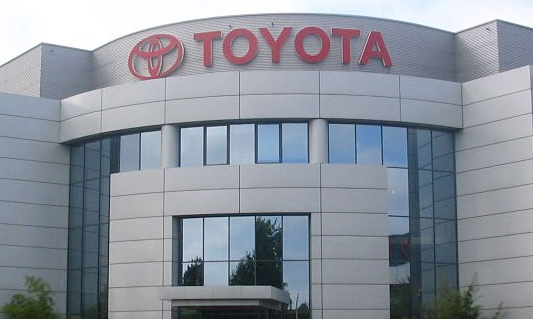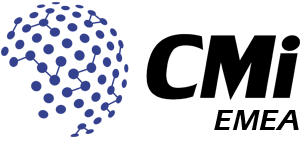How RFID helped Toyota maximise vehicle usage
Toyota is one of the biggest and most well-known car manufacturers in the world.
At their plant at Burnaston, near Derby, they produce a huge number of vehicles. As part of this process, HGVs and trailers deliver components and parts, the logistics of which need to be meticulously managed for efficiency and safety reasons.

The challenge
Toyota had a couple of ideas of ways in which to streamline this process. Firstly, they wanted to maximize the use of the Tug vehicles that moved the trailers from their parking bay to the appropriate dock door on the production line. Secondly, they wanted to remove the risk of the Tug driver taking the wrong trailer, thus wasting time and potentially halting the production line due to lack of components.
The solution
The following procedure was implemented to provide transparency over this process.
Arriving trailers are now logged and given a Nordic ID Morphic RFID Handheld and magnetic RFID tag.
The tag & Morphic are logged using a Stix RFID reader connected to the PC in the gatehouse, providing an audit trail of the Morphics/Tags allocated to each driver.
The driver then goes to the trailer yard and parks in the specified bay given by the Morphic handheld. He places the Magnetic RFID tag on the header board and reads it with the Morphic CD.
The driver reads the parking bay RFID tag, which is embedded into each concrete parking bay floor. This information is sent via the Morphic over the WiFi network and back to the host system, which then knows the trailer and where it was parked. The result? Toyota always knows which vehicles and components are available for production planning.
When parts are to be taken to the production line, the trailers are retrieved by Tugs, which are equipped with rugged tablet computers (complete with WiFi & GPS).
So, how does it work? Each tablet computer is connected up to a Nordic ID Sampo RFID reader. This is located behind the cab and allows the trailer header board RFID tag to be read by the HGV driver. This ensures seamless identification of the trailer as the Tug reverses up to it, with no input needed from the driver.
To confirm the correct trailer location, further Sampo Readers were installed in front of the rear offside wheel to read the parking bay floor tag. The driver is told where to take the trailer only when both tags match and are correct. Consequently, the Wi-Fi link allows confirmation back to the host system.
To ensure a simple and efficient installation, the tablet is connected to the Sampos by Power-over-Ethernet. The Sampos and enclosures are exposed to all weather conditions and shock factors on the Tugs; therefore, to protect each Sampo, the plastic IP67 case and external cabling are both crafted from durable and flexible plastic copex.
Finally, to minimise travel time, the tablet computer and 10 Tugs were fitted with a GPS receiver, easily allowing the host system to find the nearest free Tug.
The results
Thanks to these innovative implementations, Toyota now have complete transparency over when and where an HGV driver located a trailer. The Burnaston team were also empowered to streamline operations and boost productivity, as they no longer had to waste time searching for lost trailers. Similarly, real-time location of the Tugs and the ability to issue them new or urgent jobs based on their proximity led to reduced travel time as well as a better way to queue tasks. Also, this centralised knowledge of trailers and their contents led to better production planning.
Finally, RFID-enabled parking and loading bays helped to ensure that the correct trailer is always picked and delivered to the correct loading bay on the line side. That means no more wrong components to line side, no more wasted time, and no more possible line stoppages.
